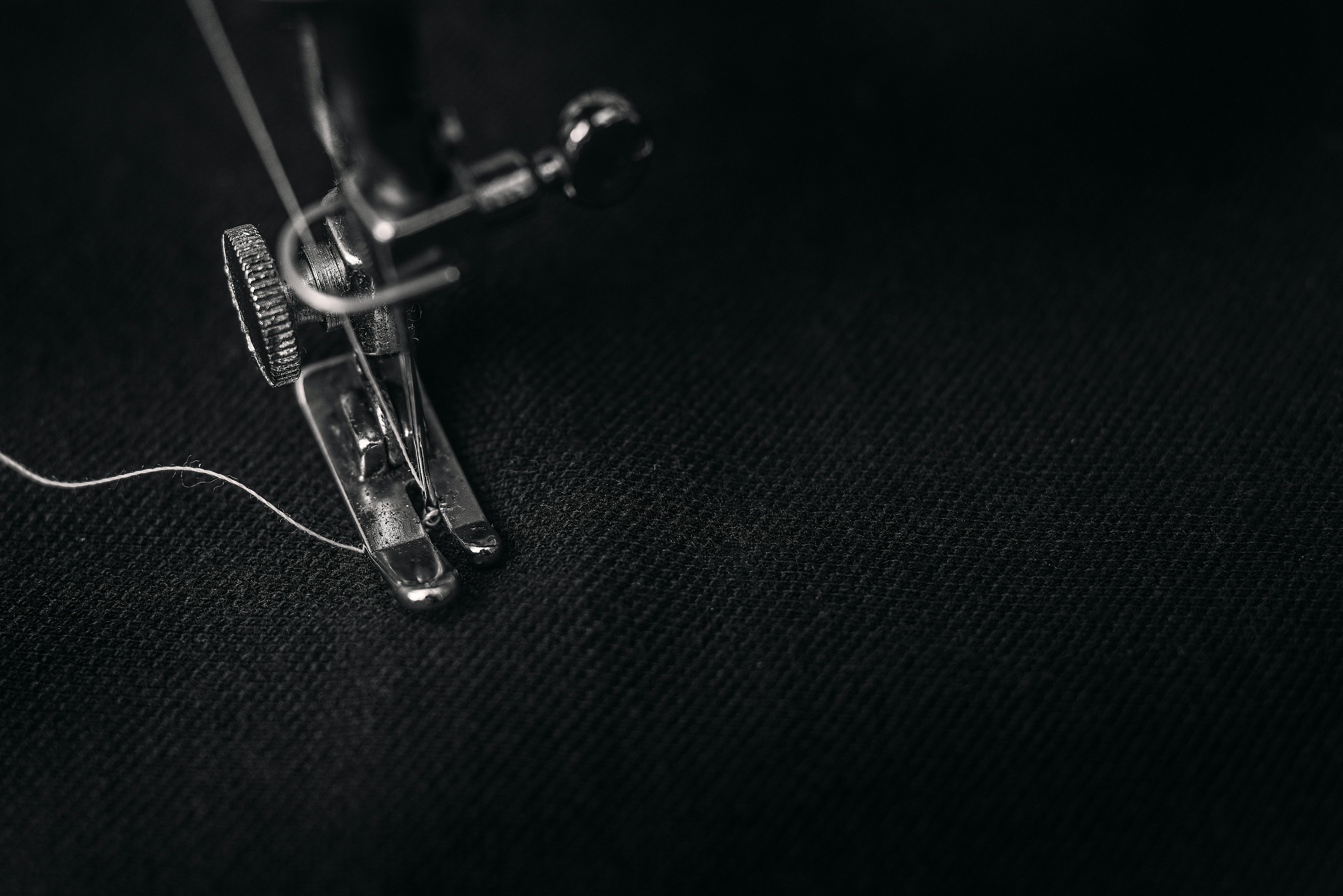When it comes to buying any product, information can be limited. Because of this, you may be buying the wrong item. You may even buy what you initially wanted, but soon become dissatisfied with it. It’s just hard for people to buy something when they don’t have all the necessary information.
Then one day I decided I just wanted to help people like Superman, but not really. I’ve been in the piano business for a long time, so I can give you some basic advice when buying a digital piano. There are literally hundreds of digital piano models out there now, so I can understand why some people don’t even know where to start.
I’m sure you’ve googled “digital piano” only to find over 5 million results. You may have even resorted to going to a local store only to find dozens of models. Hey, it’s an improvement, but when they have names like P95 or MP6, you’re still as confused as ever. Finally, you probably asked a salesperson for advice before realizing quickly that he is trying to sell you something instead of helping you.
Now, with the help of this guide, you’ll know where to start and what you want.
Step one: the who
Before you buy anything, you must first decide who it is for. Is it for yourself? Is it for his wife, who loves pianos? Is it for a 7 year old? All of these decisions are important when choosing a digital piano. Before you do anything, keep this in mind. You could even have multiple users for this piano. In that case, you’ll want to meet the expectations of the more advanced player. For example, with a basic digital piano, a beginner won’t care, but an advanced player will. With a high-end digital piano, both the beginner and the expert will be satisfied. Therefore, it is important to meet the expectations of the more advanced player.
Everything else will revolve around this first step.
Step Two: The Feel
In my opinion, after deciding who it will be for, the feel of the piano is the next most important part when it comes to buying a piano. To clarify, play a note at one end of the acoustic piano. Now play another note at the opposite end. What you will notice is that the lowest note is slightly heavier than the highest note. What happens is that when you press a key on a piano, you are actually lifting a hammer to hit the string and cause it to vibrate. This makes sound (source: my amazing knowledge of physics). The lower note hammers are a bit heavier than the higher note hammers, which explains why those keys feel heavier. Also, when you press the key too slowly (or lightly), the hammer never reaches the string, so you never hear a sound.
That said, digital pianos emulate this weighted feel. There are many variations, and the best ones feel like a real acoustic piano, while the cheap ones just don’t. For example, Yamaha brands have the GHS (Graded Hammer Standard) and the GH/GHE (Graded Hammer Effect). The GHS is typically found on entry level digital pianos. It feels lighter than GH. Most beginners don’t realize it, but more advanced players tend to prefer GH action keyboards.
I think this step is the most important step in choosing your piano. If you don’t like the way you feel, your own digital piano will continually annoy you. Sometimes the keys feel too plastic. You wouldn’t want that now, would you? Some people argue that the sound is more important than the feel. Anyway, everyone will agree that these two aspects are crucial when buying a digital piano. This brings us to our next step…
Step three: the sound
The sound of the music is potentially as important as the feel of the keyboard. It is important that the digital piano feels like a real piano. That must happen.
All piano companies strive to duplicate the sound of a grand piano. For example, when you play a key, it will sound different depending on how hard you press it. Most basic digital pianos do not have this feature. These pianos are not velocity sensitive. Most expensive pianos are velocity sensitive and it differs from piano to piano. Some digital pianos may have only one velocity layer. Some may have 10 speed layers. Of course, more layers generally mean more expressiveness in your performances. You can really bring your composition to life because these digital pianos pick up on all the nuances and subtleties in your playing.
You need to make sure that the piano sounds the way you want it to. Sometimes you can listen to them online or watch YouTube videos. I recommend going to a real store with headphones.
Unlike acoustic pianos, digital pianos can also sound like any other possible instrument. Yeah, it’s that cool. Some digital pianos have 535 instruments! Others may only have 10. You’re usually buying the digital piano for its actual piano sounds, so these other instruments may not matter too much.
Another thing to keep in mind is that some people may complain about how the piano sounds when it really isn’t bad. A common mistake is to confuse the sound of the piano and the speakers. Some pianos play very well, but their speakers are bad. In this case, simply using headphones or external speakers will greatly improve sound quality. On the other hand, some pianos are just plain bad. No matter what kind of tool you use to listen to music, it won’t sound like a real piano. That’s why I recommend taking headphones to a store to listen to the piano.
In general, both the touch of the keys and the sound of the pianos are vital aspects when choosing a digital piano for that or those special person.
Step four: the features
“Voices”, “tones” and “sounds” are just another way of saying instruments. With a digital piano, you can play guitar, drums, or any other possible instrument. It allows even beginners to create beautiful-sounding music with basic piano skills.
Generally, entry level digital pianos will only have a few voices. However, it still offers you a variety of instruments. If you like other instruments (and I know many of you are), you’ll want to know exactly what sounds are included and what they sound like.
“Polyphony” represents how many notes can be played simultaneously. For example, the Casio PX-130 has a polyphony of 128. That means you can play up to 128 different notes at the same time. If you exceed that number, the first note you played disappears. Therefore, higher is generally better.
A polyphony of 128 notes is more than enough for most. For beginners, a polyphony of 32 notes should be enough. Although higher is better, having a lower polyphony does not mean that the piano is bad. After all, it’s just function overloading if you’re not going to use it. Beginners most likely won’t need as much, so keep this in mind if you’re a beginner.
“Reverb” is a function that can give you the feeling of being in a concert hall. For example, if you tried to play a digital piano with external speakers in your room, the sound will bounce off the walls and give a kind of natural reverberation. The reverb function creates that effect without having external speakers or being in a concert hall.
“Chorus” is almost self-explanatory. This feature gives off the feeling that the note is being played as a group. If you use this effect, it’s more like 20 pianos playing at the same time.
As you can see, digital pianos have many other features. I only mentioned a very small percentage of features. Some digital pianos can be split into two. Others allow you to customize your own sound. The functions can be infinite. Consider what features you would want before purchasing a digital piano.
Step Five: Portability
I like portable digital pianos because I travel a lot. By “travel,” I don’t mean across countries. I’m not usually at home because I can’t stay in one place. I have to be on the move. Wouldn’t a portable digital piano like the Yamaha NP30 be nice? I know many people who have two digital pianos. They keep one at home, usually the most expensive digital piano. They then have a second, lighter digital piano that they use when they travel.
Plus, even if you don’t care about portability, you might care about weight. Some digital pianos can be very heavy, so if you’re a small child, you may need help assembling and transporting the piano to your desired location.
Step Six: Sustainability
You should also think about how long you plan to own this piano. For example, let’s say you’re still a beginner but are approaching the intermediate level. It is better to buy something like the Roland FP7 or the Yamaha YPG635 than the Yamaha NP30.
Also, there is no definitive way to determine durability, but you can read reviews online. Some companies like Yamaha are known for making pianos that last.
Step seven: the cost
Now. Music is good for the soul. When it comes to purifying your soul and getting the digital piano of your dreams, cost should be the last thing on your mind. Okay. It was a joke. I guess anyone thinking of buying something already has cost in mind.
Now, go buy that digital piano!
There you go! This is my very simple guide to buying the right digital piano. With these 7 steps, you should be able to find the digital pianos you want.



